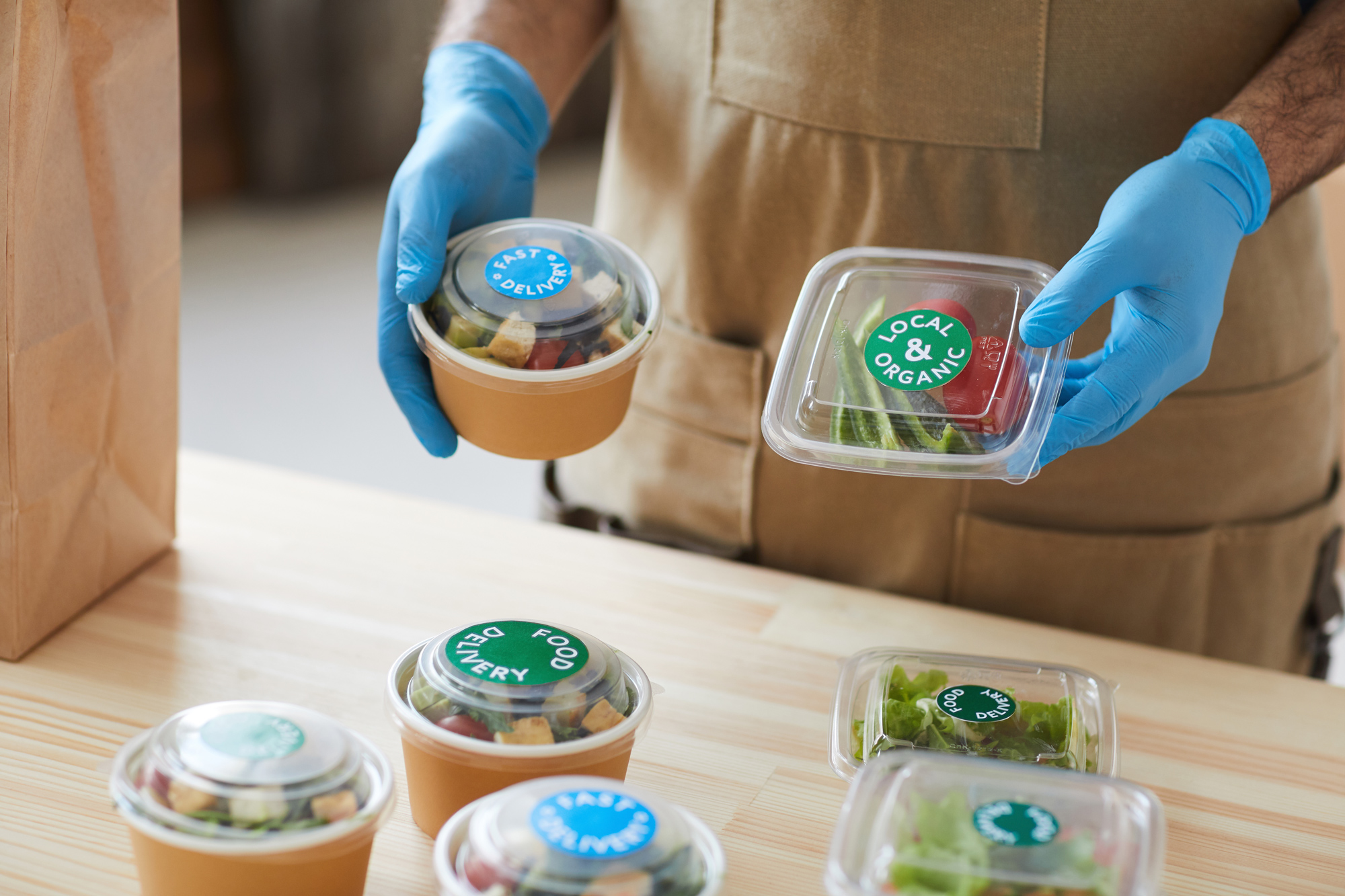According to a 2022 study from Food Insight, 82% of surveyed consumers think at least a little about food safety. The same survey found top consumer concerns include chemicals, foodborne illnesses, food additives and ingredients, and heavy metals. Beyond its role in product presentation, packaging helps ensure consumers receive safe food products. Food packaging companies must adhere to rigorous regulations across every stage of production, including the processes, materials, and design used to make the packaging. Food and food service companies should understand how a food packaging partner handles each of these critical stages.
SQF Certification
Safe Quality Food (SQF) is a globally recognized food safety and quality certification program. Food packaging partners with this certification have facilities and processes that align with SQF guidelines regarding material selection and sourcing, manufacturing, and traceability. Strict quality control procedures exist throughout production to minimize the risk of defects or inconsistencies that could compromise food safety. Packaging materials must also include labels that allow origin and movement tracking to enable swift action in the event of a recall.
Food Safe Materials
As mentioned, SQF guidelines play a role in what materials are used for food packaging. Food packaging companies must not only work with approved materials but also consider how that material interacts with the food product itself. Migration is one of the main concerns when it comes to packaging. In food safety, migration refers to the unwanted transfer of chemicals from the packaging materials to the food it protects. This also involves safeguarding contents from other contaminants like moisture, oxygen, and light. Therefore, packaging companies should work with materials that provide a food-grade, non-toxic, durable barrier with a low potential to leach chemicals and contaminants.
Packaging Design
Product packaging provides valuable consumer and marketing information. SQF standards mandate food packaging should have clear, accurate labeling, including:
- Main display with the brand name, quantity of contents, and proper food dating
- Information panel with ingredients, serving size, and nutritional facts
- Panel with clear disclosure concerning allergens such as milk, eggs, nuts, fish, shellfish, soy, and wheat, and claims concerning specialty status including gluten-free, vegan, and non-dairy.
Ideally, these elements should be clearly visible to minimize the need for direct human contact, lowering potential risks for contamination. Other design elements like leakproof and tamper-evident features should also be incorporated. Packaging partners keep their clients in compliance by adhering to these standards and using the highest quality printing and packaging design to achieve food-safe results.
Paperboard Folding Cartons for Food Products
Paperboard folding cartons are commonly used for frozen food, dry foods, and many other products. Paperboard is a sustainable material and offers effective protection against humidity, light, and oxygen, especially when treated with substances like kaolin clay. It’s also relatively inexpensive, making it a food-grade, non-toxic, and eco-friendly alternative to plastic food packaging.


